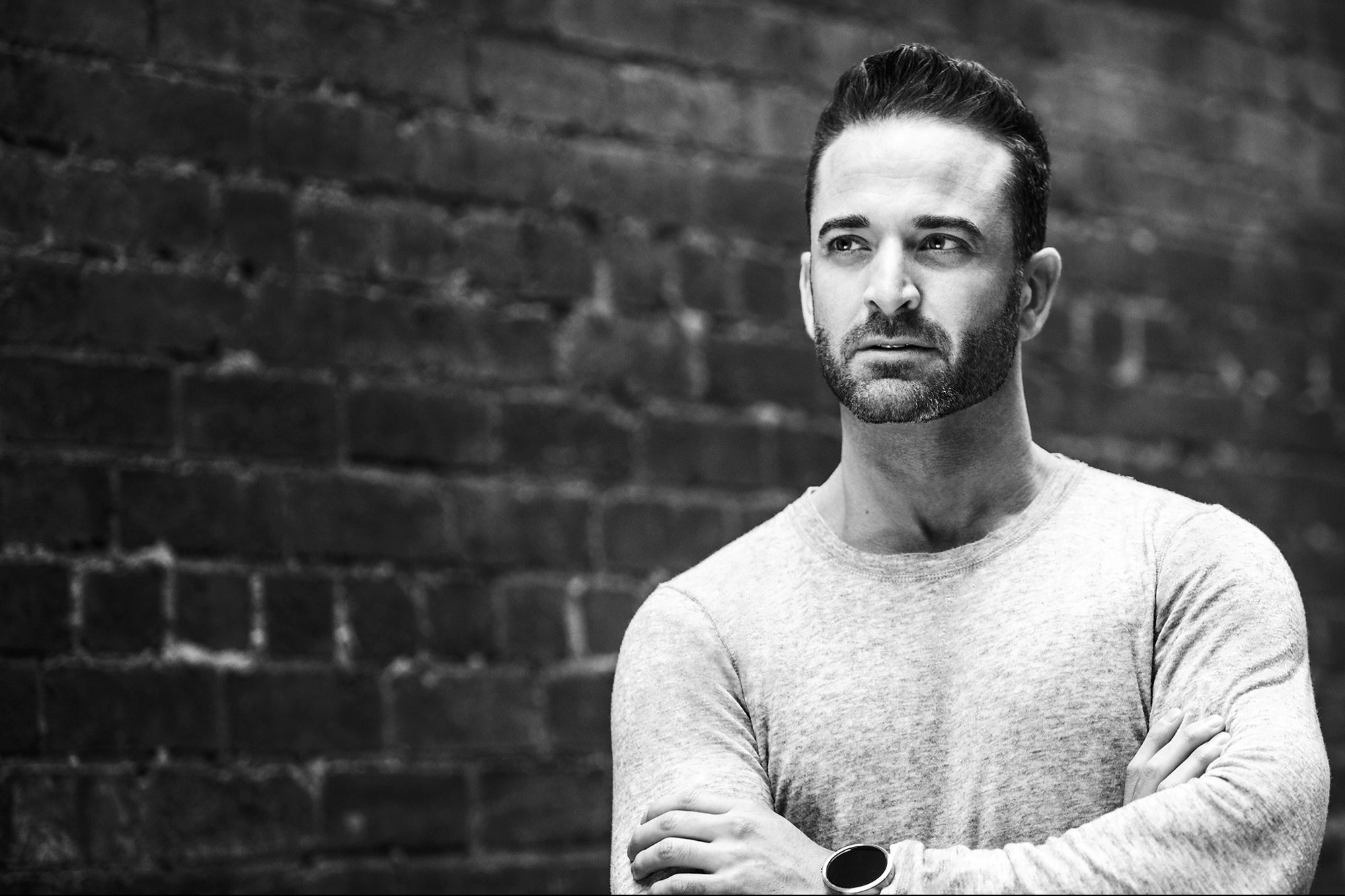3 Mega Marketing Lessons From 3 Companies With Strong Brands While on the surface these big mega-brands may seem un-relatable, we really can learn a lot from their work and how they approach both their products and brands.
By Jim Joseph
Opinions expressed by Entrepreneur contributors are their own.

If there is one theme that shines through in my first marketing book, The Experience Effect, it is that "marketing is a spectator sport." We can learn a lot from each other by observing the marketing activities of other brands and businesses.
It's a theme I carry out at the beginning of my New York University integrated marketing course each week as we discuss what we've collectively observed from brands in real time. I'm a big believer in watching other brands and reapplying the lessons to my own challenges.
Related: 5 Considerations When Seeking a Celebrity to Endorse Your Brand
"Marketing is a spectator sport" is also the theme I will use to close out this Entrepreneur series on products vs. brands, as modeled by that very same graduate school class. Let's take a look at three pieces of marketing activity and discuss how the companies are treating their products and brands.
While on the surface these big mega-brands may seem un-relatable, we really can learn a lot from their work and how they approach both their products and brands despite the fact that we may have very limited resources and budget.
First up is Capital One with its very aggressive campaign featuring Jennifer Gardner, which has been all over the airwaves:
If you notice, this video is almost entirely product focused and hits us over the head with what the company considers to be a competitive advantage. This kind of a product and feature-centric approach can in fact be very effective if you in fact have a competitive advantage. The only issue, really, is that it likely won't take long for your competitors to quickly copy you. So you better make sure it's really competitive and compelling to your customers, and really long lasting.
So ask yourself: Do you have any long lasting, compelling and distinguishing product features?
Next, let's take a look at a piece of content from a recent Tylenol campaign called #HowWeFamily:
There is not a lick of a product mention anywhere to be heard or seen -- not even a package shot! That's because the brand is looking to form a bond with its current and potential consumers by finding a topic that will join everyone together.
Related: Branding Your Business for the Next Generation
Tylenol is a pain reliever and there's nothing more "family" than taking care of each other when in pain. By releasing this campaign, Tylenol in essence is saying that it stands for families of any size, shape or form. It is hoping that this stand will cause consumers to engage with the brand, and ultimately buy the product. But the brand comes exclusively first.
So ask yourself: What does your brand stand for?
Finally, let's take a look at this compelling video from Nike for a new product called FLYEASE:
Here we see a mix of product and brand messaging.
It is product focused and centered, but because of the nature of the product, it changes our perceptions of the brand. Nike products are so ubiquitous, it can feel like all the company cares about is selling products. But here we see a new level of caring and attention, which makes us understand that there are real people with real passion behind those products.
These people want to give back to those around them, using their particular skills and capabilities, with the power of the Nike brand. It's this kind of passion and commitment that can turn a product into a brand, and Nike has done just that.
So ask yourself: What are you passionate about and how are you giving back?
Marketing is a spectator sport. I hope you can find inspiration from these three companies, which are quite adeptly managing their products and brands.
Best of luck to you as you manage yours.










